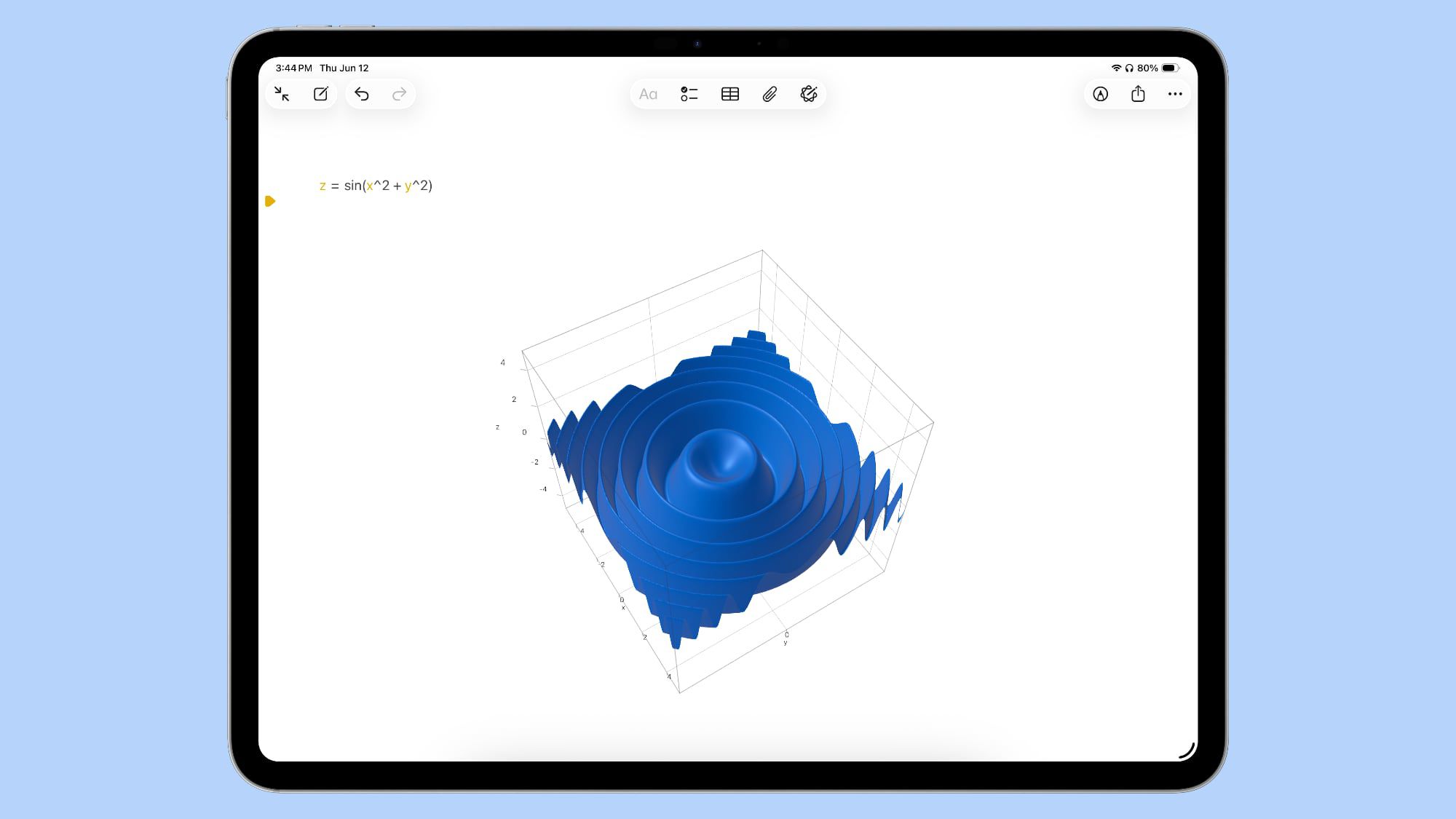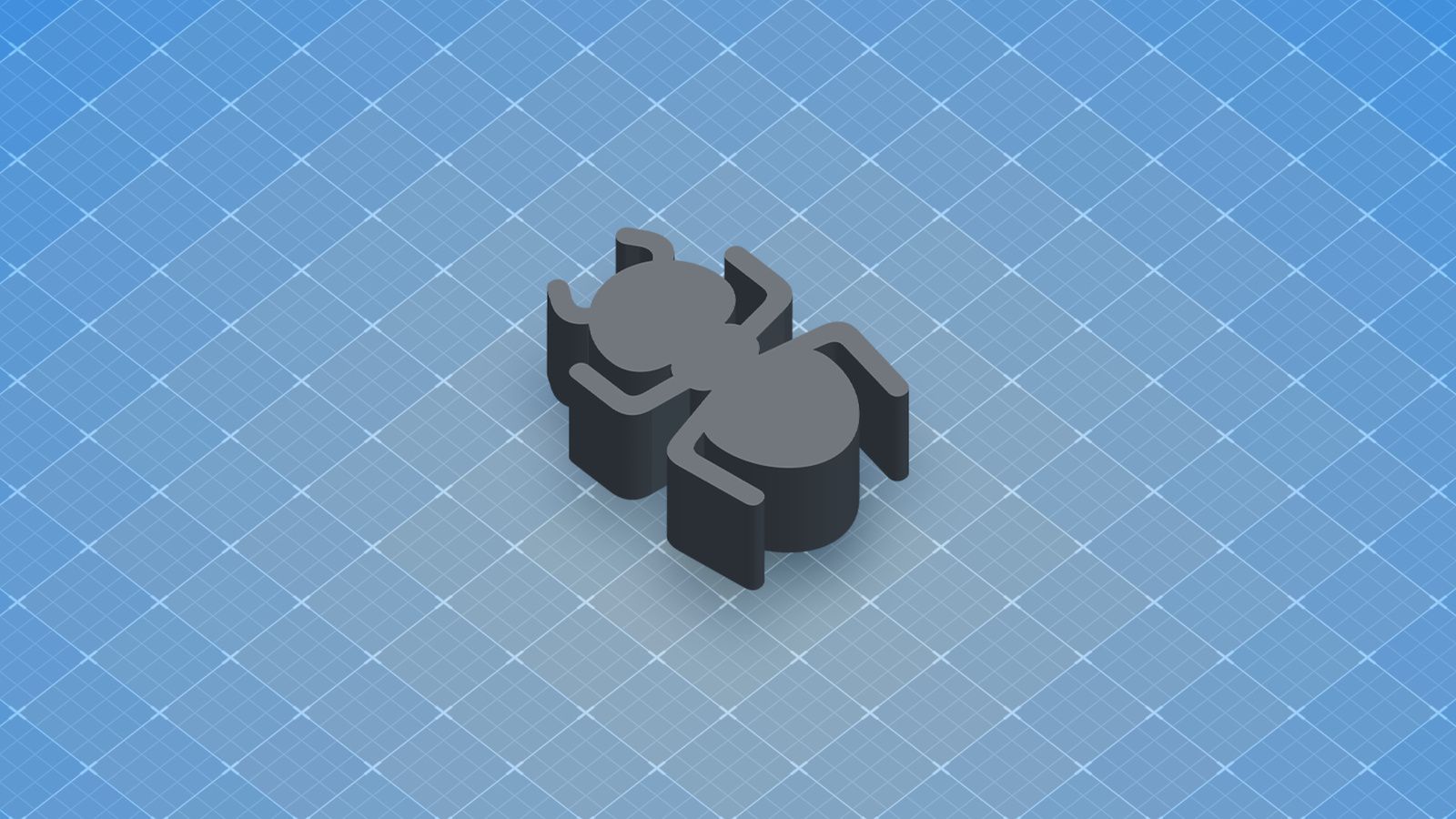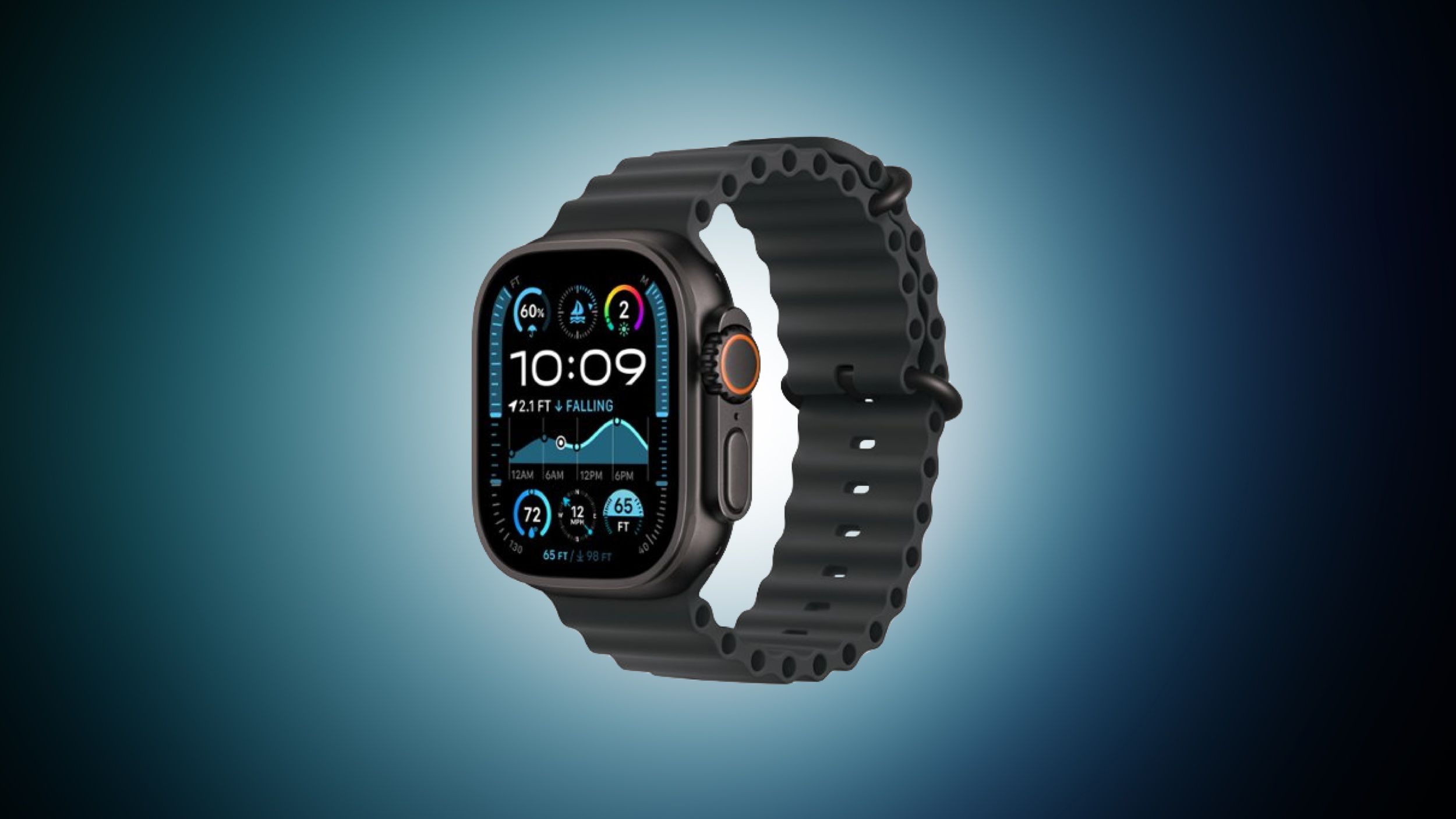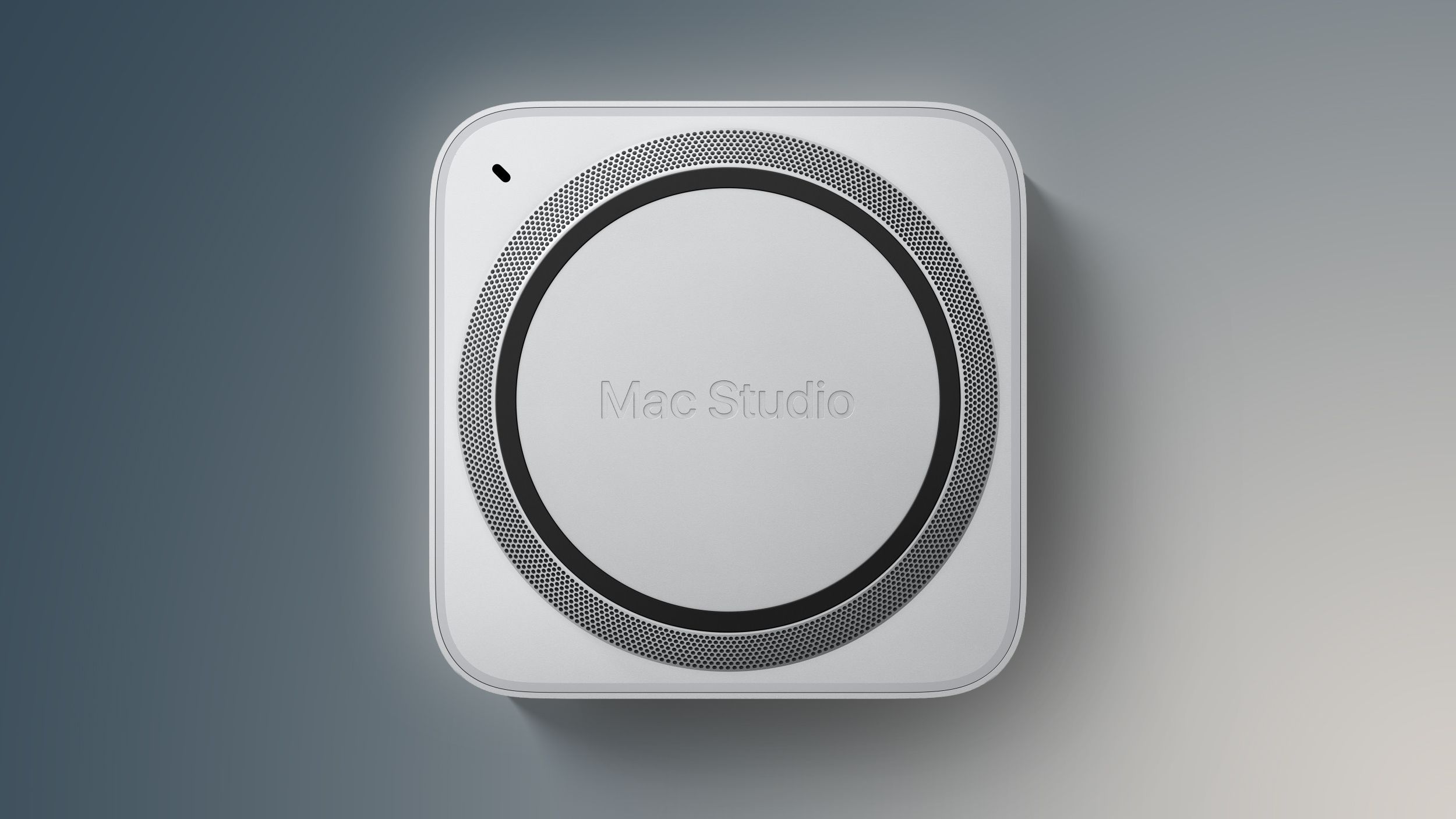When Ryan Saavedra fell during a rock-climbing trip in 2017, he had no idea that the injury to his ring finger would one day inspire a new era of accessible bionic technology.Then a student at the University of Texas at San Antonio (UTSA) studying to become an electrical engineer, Saavedra had always been fascinated by the hand — its mechanical beauty, its expressive subtlety.After rupturing the A2 pulley tendon in his finger and losing the use of his hand for six months, he experienced the emotional and physical toll of reduced mobility firsthand.
But for him, that frustration became fuel.In 2018, armed with yarn, cardboard, a flex resistor, a servo motor, and an Arduino board, he began building his first prosthetic finger — the seed of what would become a game changer in the prosthetic hand industry.The Problem with Traditional Prosthetics As Saavedra dug into the prosthetics landscape, he uncovered a massive accessibility issue: upper-limb bionic prosthetics could cost anywhere from $15,500 to over $200,000.
Worse still, traditional prosthetics often failed in real-world conditions, with repair times taking up to 2-3 months.Patients with existing bionic hands often experienced cumbersome usability, making devices inconvenient to maintain or adapt.Ryan Davis, Army Ranger, using Alt-Bionics’ first prototype.
Image courtesy of Alt-Bionics.However, Saavedra wasn’t just an observer — he wanted to solve the problem.In his final year at UTSA, he entered a university competition, where he presented a prototype of a bionic hand enhanced with AI.
It wasn’t just a project — it was a mission.That project caught the attention of Ryan Davis, a former Army Ranger and triple amputee.When Davis tried the hand and it worked, the impact in the room was undeniable.
People turned to Saavedra and asked, “What’s next?” That moment crystallized what would become Alt-Bionics — not just an engineering venture, but a movement to make high-performance, low-cost prosthetics available to those who need them most.In 2020, Saavedra graduated and founded the company with a mission to disrupt an industry plagued by high costs, slow repairs, and limited access.The Genesis Hand: Affordable Innovation Alt Bionics’ flagship product, the Genesis Hand, is a myoelectric prosthetic bionic hand designed to translate muscle signals into intuitive movement.
It stands out for several reasons: Genesis prosthetic hand.Image courtesy of Alt-Bionics.Thumb rotation and flexion are powered by a dedicated palm motor, eliminating manual finger adjustments and movements.
Visual feedback on the back of the hand displays signal strength and battery life.A modular design that allows damaged or worn finger modules to be replaced in seconds.Lightweight: One of the lightest prosthetic hands on the market, weighing just over 1 pound (1.02 lbs) Affordability: Priced at $6,000 — a fraction of traditional alternatives.
However, the breakthrough wasn’t just in electronics.To make this device viable for real-world use, Alt-Bionics had to rethink its design.Why 3D Printing? Injection molding proved too rigid — both literally and metaphorically.
Testing with the end-use materials was limited, and every design iteration required expensive and time-consuming retooling.That’s when 3D printing piqued the interest of Saavedra.He and his team tried FDM, SLA, and SLS 3D printing, but none of these methods provided the durability or design flexibility needed.
However, they came across Multi Jet Fusion and Nylon PA 12 — a pairing that changed everything.Genesis Hand 3D printed with MJF 3D printing.Image courtesy of Alt-Bionics.
With Endeavor 3D’s expertise in additive manufacturing, Alt Bionics could: Rapidly test over 67 design iterations with no tooling delays or costs.Achieve exceptional strength and flexibility with fingers abducting nearly 60 degrees before showing signs of failure.Produce complex geometries not possible through traditional means Optimize builds with strategic part placement and nesting to reduce costs and improve surface finish Failed SLA 3D printing prototype attempt.
Image courtesy of Alt-Bionics.A Partnership That Pushed Limits Working with Endeavor 3D wasn’t just a manufacturing decision — it was a leap forward in what was possible.From the beginning, Endeavor 3D took measures to ensure quality standards were aligned and exceeded with Alt-Bionics.
Rather than applying a generic quality assurance checklist, our team co-developed a custom Q&A worksheet, focused on critical surfaces and functional requirements of the hand.This allowed both sides to drill down into specific tolerances and functionality — not just what looked good, but what performed under real-world conditions.Alt Bionics Q&A worksheet for Endeavor 3D.
Image courtesy of Alt Bionics.By understanding exactly where the hand was experiencing issues, we were able to identify and resolve problems more quickly and effectively.Thanks to Multi Jet Fusion and Endeavor 3D’s high-density build strategies, we consistently hit tolerance levels within 0.0005 inches — critical for the fine motor control needed in a bionic hand.
This enabled Alt-Bionics to maintain exceptional part quality while lowering costs through optimized part orientation and smart nesting in the build chamber.As Ryan Saavedra put it: “Alt-Bionics is able to push the boundaries of prosthetic hand design and hit tolerance levels we didn’t know possible with Endeavor 3D as our production partner.” Building Beyond the Body With scalable production and modular functionality, Alt-Bionics’ bionic prosthetic hands are now available on the market.However, the success of the Genesis Hand didn’t just change the game in prosthetics — it laid the groundwork for another bionic hand innovation.
In under nine months, leveraging the same design framework and additive manufacturing strategies, Alt-Bionics developed a fully functional humanoid robotic hand.Designed for the humanoid robotics market as well as researchers, educators, and developers, the robotic hand mirrors the same principles of accessibility, modularity, and fine motor control.Thanks to additive manufacturing’s ability to store CAD files in a digital library, Alt-Bionics was able to adapt the original prosthetic design into a robotic platform without starting from scratch.
It was the ultimate proof of concept — that a hand-built robot to restore movement to humans could also shape the next generation of humanoid machines.Learn more about Alt-Bionics and Endeavor 3D by watching the on-demand webinar → Subscribe to Our Email Newsletter Stay up-to-date on all the latest news from the 3D printing industry and receive information and offers from third party vendors.Print Services Upload your 3D Models and get them printed quickly and efficiently.
Powered by FacFox
Powered by 3D Systems
Powered by Craftcloud
Powered by Endeavor 3D
Powered by Xometry
3DPrinting Business Directory
3DPrinting Business Directory









